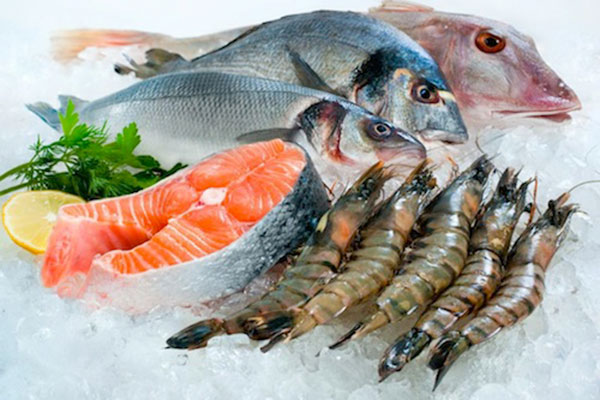
Use Your Senses
Sight, Touch and Smell
Including fish in your diet is a healthy choice many people make when creating meals for their family. Whether for the health benefits such as omega-3 fatty acids, high protein/low calorie power combination or simply because it tastes good, everyone wants their fish to be fresh. After all, who wants to eat old, smelly fish? Choosing the freshest fish can be difficult when you don’t live in a coastal region. There are questions you must ask yourself and the person selling the fish in order to understand exactly what fresh actually means and determine if the fish is fresh, referring to the quality of flavor and enjoyability.
Does fresh mean caught that morning and brought to the market?
If you bought a fish that was commercially caught that morning, you probably would not enjoy it one bit. Most commercial fisherman do not gut and skin their fish immediately, and perform some type of flash freezing or chilling of their catches. When a fish is caught/killed, just like most animals, go through the process of rigormortis in which the muscles become stiff because of the neurons released in death. This makes the fish chewy and off flavor.
The Japanese use a method called ike jime, in which they bleed and destroy the spinal column to prevent the neurons releasing that cause rigor mortis. This means fish can be enjoyed the very day it is caught. Otherwise, stick with fish that was caught between 12-24 hours prior to allow the fish time to relax out of rigor mortis.
What does the distribution chain actually look like in the fishing industry?
Many people have it in their heads that fish are caught and brought to shore every day, and transported to the market straight from the harbor. In fact, this is only true in very small fishing villages such as ones you may find along the coast of Maine.
Ever see Deadliest Catch?
These guys go out for days, even weeks at a time. The fish they catch are flash frozen and brought to shore to sell at auction, as most commercial fisherman do. Once purchased, the fish are trucked to a warehouse for sorting and distribution to the markets. From there, the fish go into the seafood cases of your local supermarket.
Characteristics of Fresh Fish<
When you are in the market purchasing your fish, look for shiny, glistening skin. If the fish scales are dull, it is a marginally fresh fish and you would be better off finding a better one. Fish that have been hanging around could collect liquid on it or around it. If the liquid is milky in color, stay away from it. Any kind of wetness should clear in color.
If you have the opportunity to touch the fish, press the meat gently and if your indent bounces back, the fish is fresh. If it stays indented, choose a different fish. The flesh should be resilient and tender, not soft and mushy. Also, it should smell like the ocean or very clean smelling. Never buy a fish that smells fishy, even salmon which is a highly scented fish.
Now that you have the knowledge on what fresh fish really is, head on out to the market and test your skills in choosing a delicious fillet for you and your family for dinner tonight! Bon Appetit!
by LA DiNardi





Follow Us!